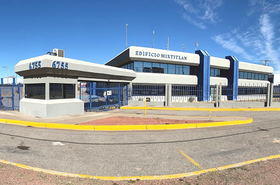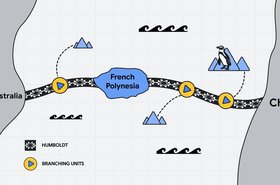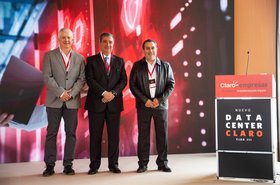The National University of Córdoba (UNC), has inaugurated its new Serafín supercomputer in Argentina.
The 147 teraflops machine is the most powerful system available for academic research in the country. Made up of 60 Epyc 7532 dual nodes, it sits within the University’s High Performance Computing Center (CCAD) in the city Córdoba, central Argentina.
The system will be used for projects in astronomy, chemistry, biotechnology, social sciences, statistics, physics, and engineering, as well as study Covid-19.
The new system will join the University’s High Performance Computing Center (CCAD) and
be used for projects in astronomy, chemistry, biotechnology, social sciences, statistics, physics, and engineering, as well as study Covid-19.
"Today you cannot do science in almost any field if you do not use supercomputers, it is a fundamental tool that we were needing to be competitive at the national and also international level," said CCAD director Oscar Reula.
“So that our science and technology do not fall behind, it was essential to get on the train of technological development, artificial intelligence, computer simulations, and make Córdoba a key technological region in the country and in Latin America. We still need to continue growing, but we are on the best path.”
Serafín was acquired for $371,784 through the Large Equipment Acquisition Program (PAGE) promoted by the Secretariat of Science and Technology of this university. CCAD already operates a number of systems; Mendieta (9 peak teraflops), Mulatona (6 peak teraflops), and Eulogia (56 peak teraflops).
All of CCAD’s systems are named after computers have names that pay homage to Argentine cartoonist Roberto Alfredo Fontanarrosa.
The 370 teraflops Lenovo-built Huarya Muyu system, launched in December 2017, is reportedly the country’s most powerful supercomputer. The system sits in the Servicio Meteorológico Nacional (National Meteorological Service) in Buenos Aires and is dedicated to weather forecasting simulations. Serafín is the most powerful system in the country for general research uses.
A version of this story appeared on our Spanish edition.



